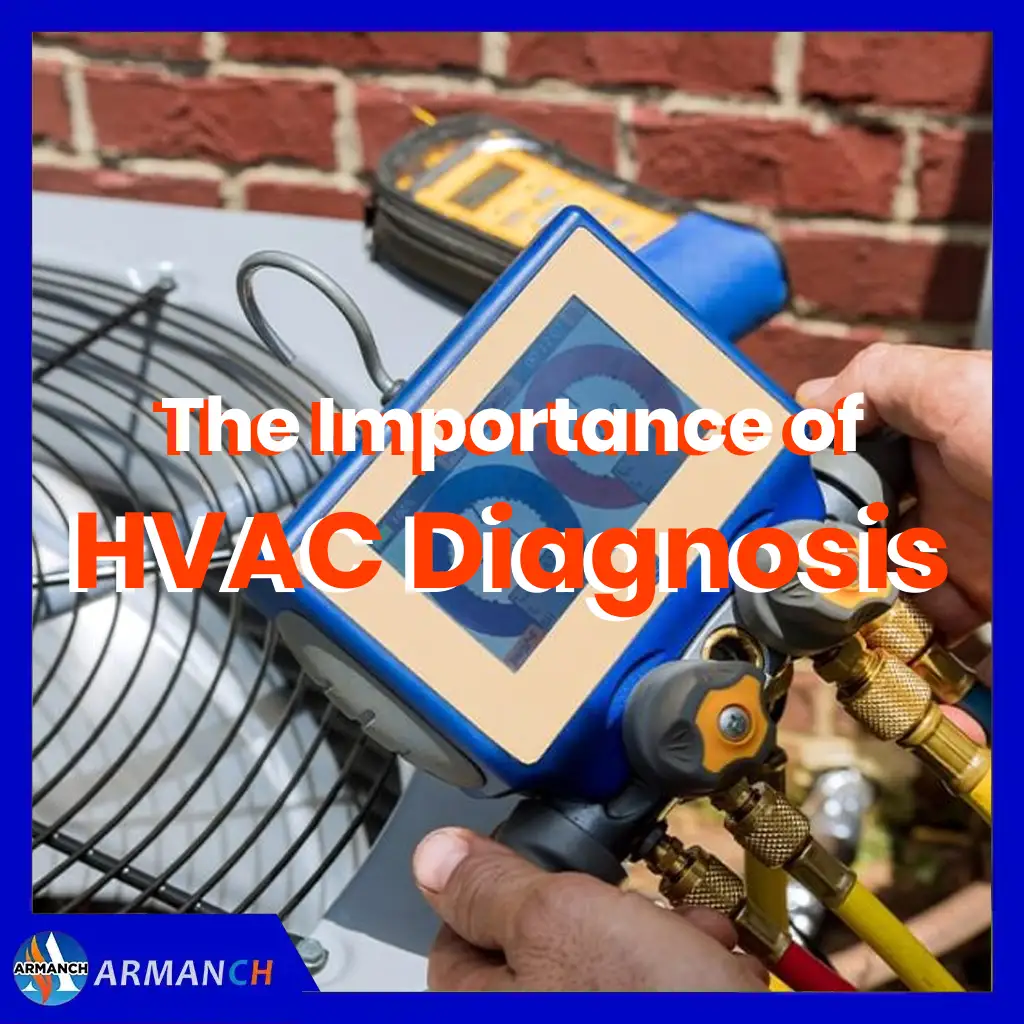Why Dryer Vent Design Matters?
A well designed dryer vent system is more than just a pathway for air , it’s an important part of your home’s safety and energy efficiency. Poor vent design can lead to excessive drying times, trapped moisture and even dangerous lint buildup that increases the risk of fire. In long duct runs, every extra bend or restriction adds resistance, forcing your dryer to work harder and consume more energy.
When vents are properly sized, routed and installed according to code, they maintain optimal airflow, reduce energy costs and extend the lifespan of your dryer. Whether in residential buildings or large commercial laundries, proper vent design ensures safety, efficiency and compliance with local building standards.

Understanding Dryer Vent Duct Basics
Key components, airflow principles and safety tips for efficient dryer duct design
A dryer vent duct is the pathway that allows hot , moist air and lint from your dryer to exit safely outdoors. While it may seem simple, its design and materials directly affect the dryer’s performance, efficiency and safety. The duct system typically includes the transition hose, main exhaust duct, elbows and exterior vent hood , each of which must be properly sized and installed to maintain steady airflow.
Building codes in Toronto and across Canada require dryer ducts to be made of rigid metal (not plastic or foil), with smooth interiors that reduce lint accumulation. The total duct length, number of bends and type of fittings all influence airflow resistance and drying time. By understanding these basics, homeowners and contractors can design a vent system that minimizes maintenance, prevents blockages and meets local safety standards.
What is The Problem with Long Dryer Vent Runs
Why extended duct lengths reduce efficiency and increase fire risk?
Long dryer vent runs may look harmless, but they are one of the most common causes of dryer inefficiency and even fire hazards. The longer the duct, the harder your dryer has to work to push out hot, moist air , which leads to slower drying times, higher energy bills and increased wear on the machine. Every extra foot of duct and each sharp elbow adds resistance to airflow, allowing lint and moisture to build up inside the vent.
Over time, this buildup restricts ventilation even more, creating a dangerous cycle of overheating and potential lint ignition. In commercial or multi-unit buildings where long duct runs are unavoidable, professional design and periodic cleaning are essential to maintain safety and performance. If your dryer seems to take longer than usual or feels hotter than normal, your vent layout might be part of the problem.
How to Calculate Effective Duct Length
When designing or inspecting a dryer vent system, it’s not enough to measure the physical distance , what really matters is the effective duct length. This value determines how much resistance the air encounters as it travels from the dryer to the outside. Every bend, elbow or transition in the duct adds “ equivalent length ” making the system behave as if it were longer than it really is.
Here’s how to calculate it:
Start with the total straight line length of the duct (from dryer outlet to exterior termination).
Add equivalent lengths for fittings , for example:
- 90° elbow = +5 feet (1.5 m)
- 45° elbow = +2.5 feet (0.75 m)
- Transition or flexible hose = +2 to 3 feet (0.6–0.9 m)
Sum up all values to get the total effective duct length.
Compare it to manufacturer limits. Most dryers specify a maximum effective duct length (often 25 to 35 feet). Exceeding this can cause longer drying cycles, overheating or system failure.
Tip: If your calculated effective length is too high, consider using smooth rigid metal ducting, reducing the number of elbows, or installing a booster fan to restore proper airflow.
Suggested Article:
You might be interested in knowing more about: Grow your business.

Design Strategies for Long Dryer Vent Ducts
When a dryer vent duct needs to travel a long distance , whether across a large home, a basement or a commercial building , proper design becomes critical. Poorly planned ducts create back pressure, trap lint and reduce dryer efficiency. The goal is to maintain strong, smooth airflow from the dryer outlet to the exterior termination while minimizing restrictions.
Here are key strategies to achieve that:
Use Rigid Metal Ducting:
Always choose smooth, rigid galvanized or aluminum ducts instead of flexible foil or plastic types. Smooth walls reduce lint buildup and airflow resistance.
Minimize Elbows and Turns:
Each bend increases equivalent duct length and static pressure. Keep the layout as straight as possible and use gentle 45° bends instead of sharp 90° elbows whenever space allows.
Increase Duct Diameter ( If Allowed):
For extra-long runs, upsizing from a 4-inch to a 5-inch duct can significantly improve airflow and reduce the need for a booster fan , but always confirm with the dryer manufacturer’s specifications.
Install a Dryer Booster Fan:
For ducts exceeding the recommended effective length, an inline booster fan can restore airflow and ensure proper exhaust. These are especially useful in multi-unit buildings or complex duct layouts.
Seal and Support Properly:
Use foil-backed aluminum tape (not duct tape) to seal joints and support long runs with hangers to prevent sagging or disconnections.
Choose an Efficient Termination Hood:
Select a low-resistance exterior vent with a smooth damper that opens easily. Avoid designs with screens, as they can trap lint and block airflow.
Pro Tip: Even a well-designed long duct system should be cleaned and inspected regularly. Over time, lint buildup can turn a perfectly balanced system into a fire hazard , especially in high-volume commercial laundry setups.
Safety and Code Compliance in Toronto
In Toronto, dryer vent installations , especially long duct runs , are governed by strict safety and building codes designed to prevent fire hazards and ensure efficient operation. A well-designed vent system doesn’t just improve drying performance; it protects lives and property.
According to the Ontario Building Code (OBC) and CSA B149 Gas Code, dryer exhaust ducts must meet specific requirements regarding material, length and termination:
Approved Materials Only:
Ducts must be constructed from rigid metal with smooth interiors , typically galvanized steel or aluminum , to reduce lint accumulation and resist heat. Flexible plastic or vinyl ducts are prohibited for permanent installations.
Maximum Effective Length:
The total effective length (including elbows and fittings) must not exceed the manufacturer’s specified limit , usually around 25 feet ( 7.6 m ) for standard residential dryers. Each 90° bend typically adds 5 feet to the effective length, which must be accounted for in design.
Independent Venting:
Each dryer must have its own dedicated vent duct terminating outdoors. Connecting multiple dryers to a shared exhaust line is not permitted under Ontario safety regulations.
Proper Termination:
The exhaust outlet must discharge outdoors and include a damper to prevent backdrafts. Screens, mesh covers or other obstructions are not allowed, as they can trap lint and restrict airflow.
Fire and Insurance Compliance:
Non compliant duct systems are one of the most common causes of residential dryer fires. During TSSA or municipal safety inspections, non conforming installations can result in failed inspections, fines or even voided insurance coverage.
Local Insight: In Toronto, it is common for older buildings and condo units to have long or concealed dryer duct runs. To remain compliant, property owners often install booster fans and schedule annual inspections by TSSA certified HVAC professionals , ensuring both safety and legal compliance.

Common Mistakes to Avoid with Long Dryer Vents
When it comes to dryer vent duct design, even small mistakes can lead to major problems , from poor drying performance to fire hazards. Unfortunately, many installations in homes and commercial buildings across Toronto fail to meet proper airflow and safety standards. Here are the most common pitfalls to avoid:
Using flexible or plastic ducts
Plastic or foil ducts may seem convenient but they restrict airflow, collect lint and increase the risk of fire. Always use rigid or semi rigid metal ducts for long vent runs.
Excessive bends and turns
Each elbow adds resistance to airflow and shortens the dryer’s effective vent length . Try to limit bends to two or fewer and use smooth, wide radius elbows whenever possible.
Oversized or undersized duct diameter
A duct that’s too narrow creates back pressure, while one that’s too wide can reduce exhaust velocity. Most dryers require a 4 inch (100 mm) duct, but always check the manufacturer’s specifications.
Long horizontal runs without booster fans
If your total effective vent length exceeds the recommended limit, add a certified dryer booster fan to maintain airflow and reduce lint buildup.
Poor or unsealed connections
Gaps, crushed sections or poorly joined ducts cause air leaks and lint escape. All connections should be sealed with metal foil tape (never duct tape) and properly supported along their length.
No regular cleaning or inspection
Even a perfectly designed duct can become dangerous if it’s not cleaned. Schedule professional cleaning at least once a year to prevent lint accumulation and ensure optimal performance.
Avoiding these common mistakes will not only help your dryer work faster and more efficiently, but also significantly reduce the risk of overheating or fire. A well planned duct design means safer operation, lower energy bills and fewer service calls over time.
A well designed dryer vent system is not just about faster drying times it is about safety, energy efficiency and compliance with Toronto’s building and fire codes. Whether you are a homeowner, property manager or contractor, proper duct design and maintenance can prevent costly repairs and serious fire risks.
At Armanch HVAC, our certified technicians specialize in designing , inspecting and optimizing long dryer vent systems for both residential and commercial properties across the GTA. We ensure your installation meets all performance and safety standards while maximizing airflow efficiency.
If you are unsure about your current vent layout or need a professional inspection, contact Armanch today. We will help you create a system that runs safely, quietly and efficiently giving you peace of mind and long term reliability.






